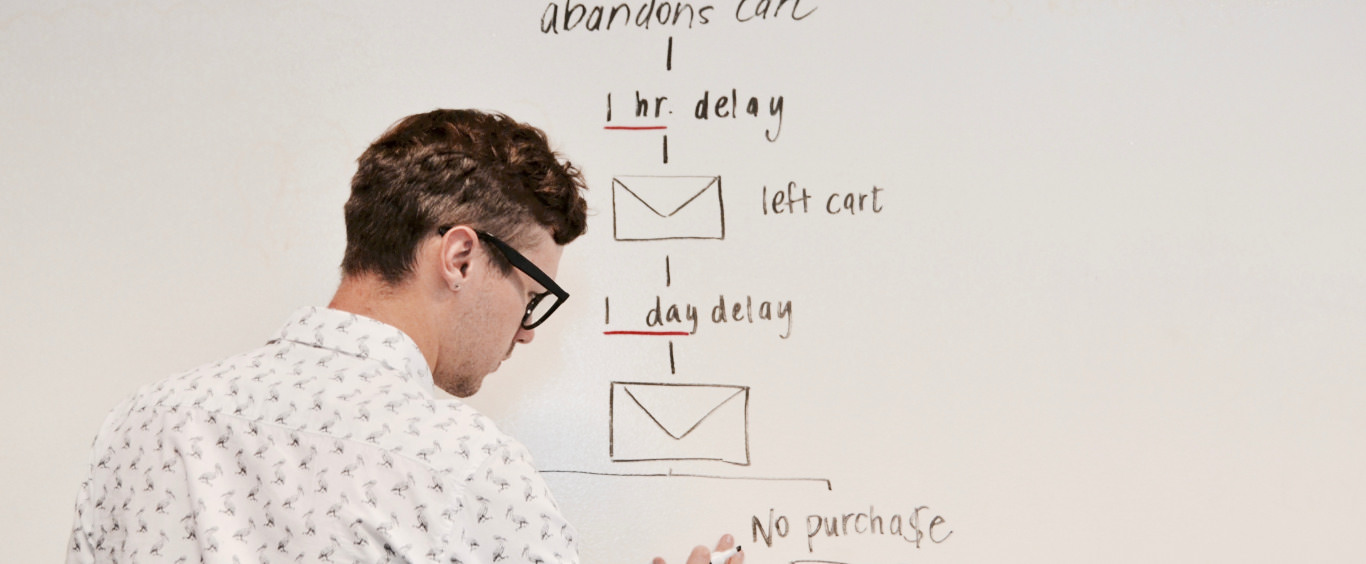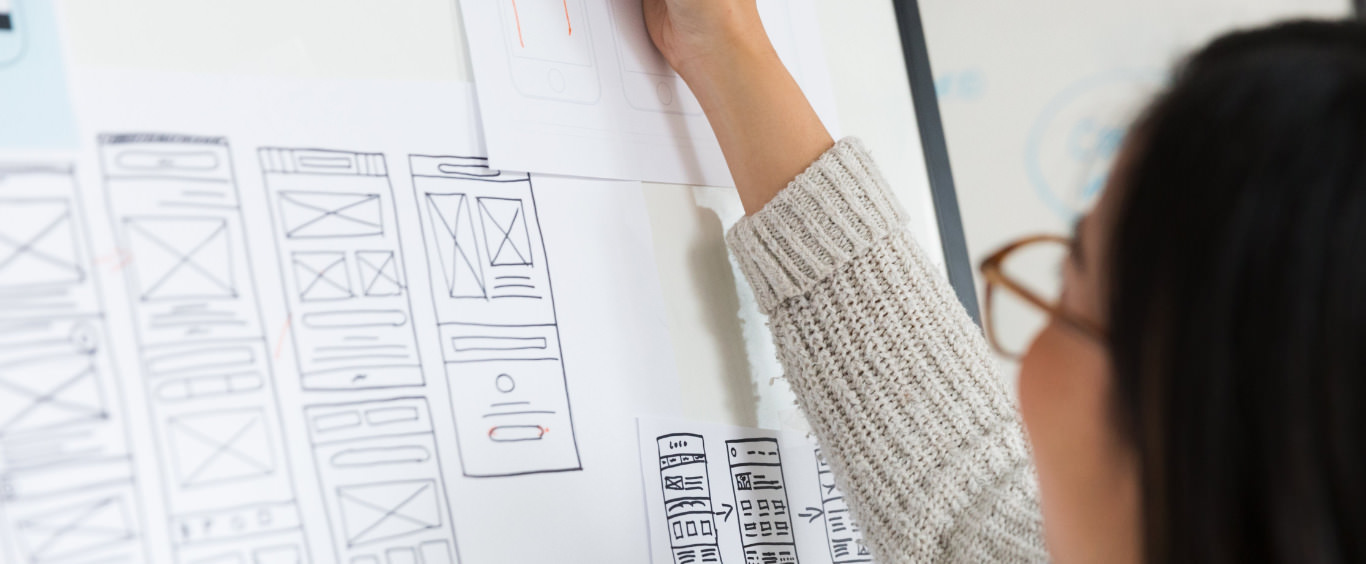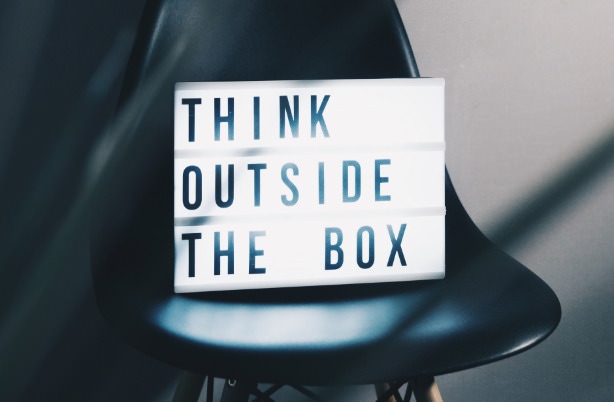Problem
A leading holding-company-owned N.Y. advertising agency new business group received a call most agencies dream about: a major national FMCG food brand was interested in having a conversation in a few days time. This potential brand currently had an ad agency. Reading the tea leaves, the agency knew the brand would be in play, and wanted to seal the deal before word on the street created a situation where a furious pitch process would be ignited, bringing dozens of other agency contenders into the mix.
The Solution
A 15-person mindswarms survey. Bingo. 7 questions per person gives you over 90 minutes of video responses (respondents each have Although the conversation was positioned as a preliminary chemistry check, the agency brought its “A” game, aiming to close the deal in the first meeting. The agency reached out to mindswarms to craft a consumer research strategy that would deliver compelling insights in a matter of days. Using mobile video surveys with a national sample of respondents, several methodologies were employed. (1) Missions: qualified consumers were sent to a grocery store where they recorded their impressions of the frozen foods section, as well as specific brands within it. (2) Prompt & React: respondents were prompted (with a link to video and PDFs) to the character-based advertising campaigns the client had created over the years, and asked to respond to the perceived relevance. (3) Show & Tell: consumers were asked to show the contents of their freezer to get a glimpse inside a typical respondent’s frozen food choices, thereby revealing the actual truth of what their freezers contained (vs. what people might report in a focus group, or quant study). Plus it allowed the client and agency to see the cluster of brands their core consumers actually bought. Those insights were packaged into a curated, edited short video, along with some informed points of view meant to generate health strategic conversation.1 minute to respond to each question). You have a national or global sample of people answering very specific questions about the client’s brand or product that you can bake into a presentation or even edit into a quick video. Heck, create a pitch manifesto for your approach based on the insights gathered, and leapfrog those other agencies. Responses “ship as they fill” so you and everyone on the pitch team reviewing responses as they come in. You can start to inform your internal teams about the consumer POV and use it to influence the way they think about creative, media, and every other aspect of the pitch.
Result
By bringing to life key insights about consumers’ relationship with the client’s brand and its advertising in a matter of days, nationally, the agency was able to engage the client in an informed preliminary strategic conversation about how to potentially manage and leverage some of the brand’s historical communications assets and equities. While the client was expecting an informal first meet-and-greet discussion, they were impressed by the agency’s ability and initiative to gather insight rapidly, across a broad geography.
The agency won the business in the first meeting and has continued continued to use mindswarms for other successful pitches. The agency has also introduced mindswarms to its existing client base as a strategic research tool to craft creative briefs and campaigns, to not only help drive agency relationships deeper inside its clients’ organizations, but to create new relationships more broadly within their clients’ companies.









